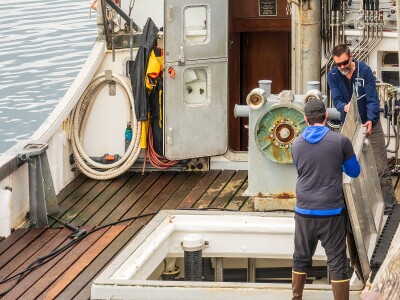Sea walls have been around for centuries. They protect prized coastal property—San Francisco's Embarcadero, Taylor Swift's Rhode Island mansion, and the Indian shores of Pondicherry, to name a few—by deflecting incoming waves and storm surges.
The town of Bay Head, New Jersey, credits a hidden, hundred-year-old sea wall with saving scores of houses from destruction during Hurricane Sandy. In a place where homes could have been reduced to rubble, only "minor structural effects" were observed, scientists say: "Despite the immense magnitude and duration of the storm, a relatively small coastal obstacle—the seawall—reduced potential wave loads by a factor of two."
More and more cities are expected to suffer from extreme weather in the years ahead—and more frequently. Worldwide sea levels are expected to rise, too, putting coastal communities at great risk. Accordingly, the global market for sea walls is projected to be worth $9 billion by 2023.
The problem is that demand is growing for what one market-research firm calls "next-generation" sea walls, built with more advanced, pricier materials. Seattle, for example, is spending more than $300 million to reconstruct an existing sea wall on Elliott Bay. But not all cities can afford this kind of project, and as the sea-wall market grows, construction costs may continue going up.
In these cases, there may be a less high-tech solution: oyster reefs. They're not as formidable-seeming as the concrete- and granite-based boulders installed on beaches and under boardwalks around the country, but they have other attractive advantages.
Read the full story at the Atlantic>>






